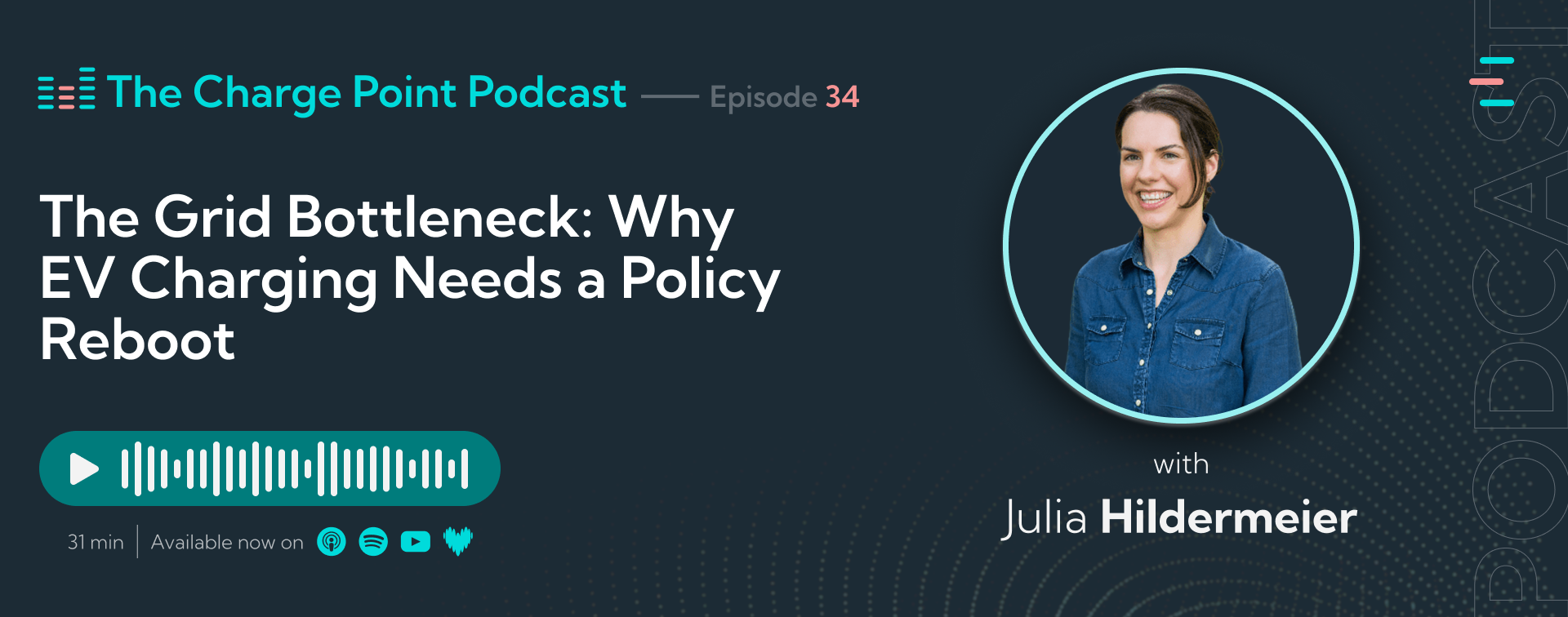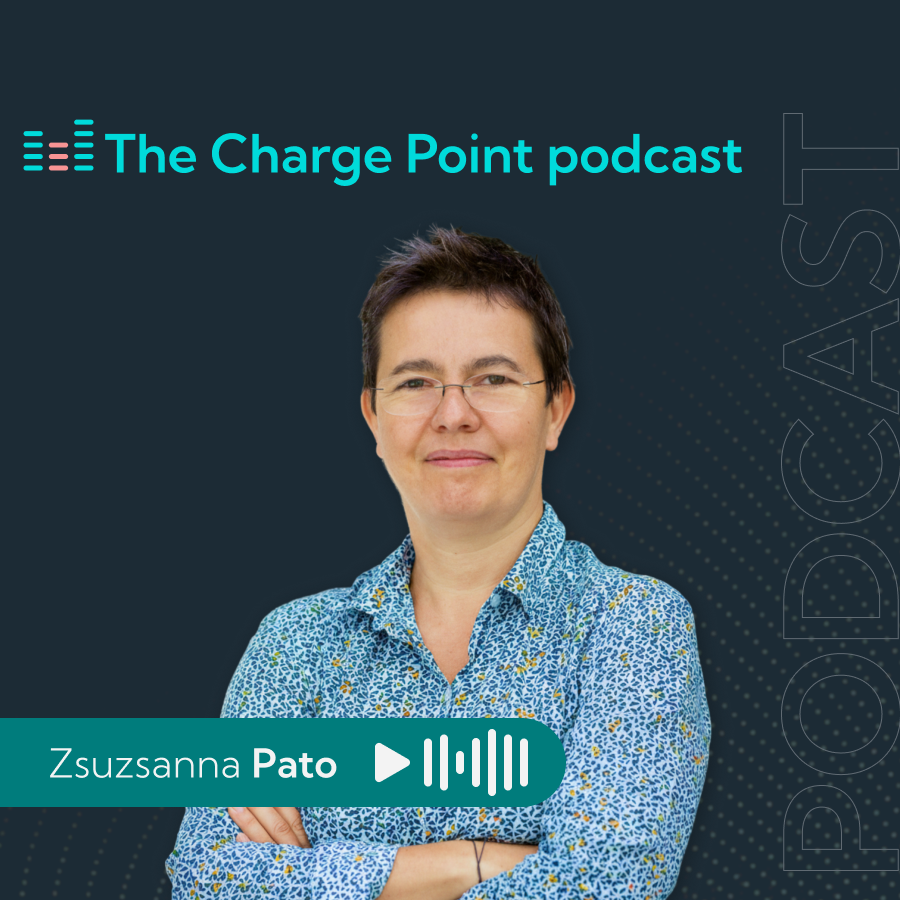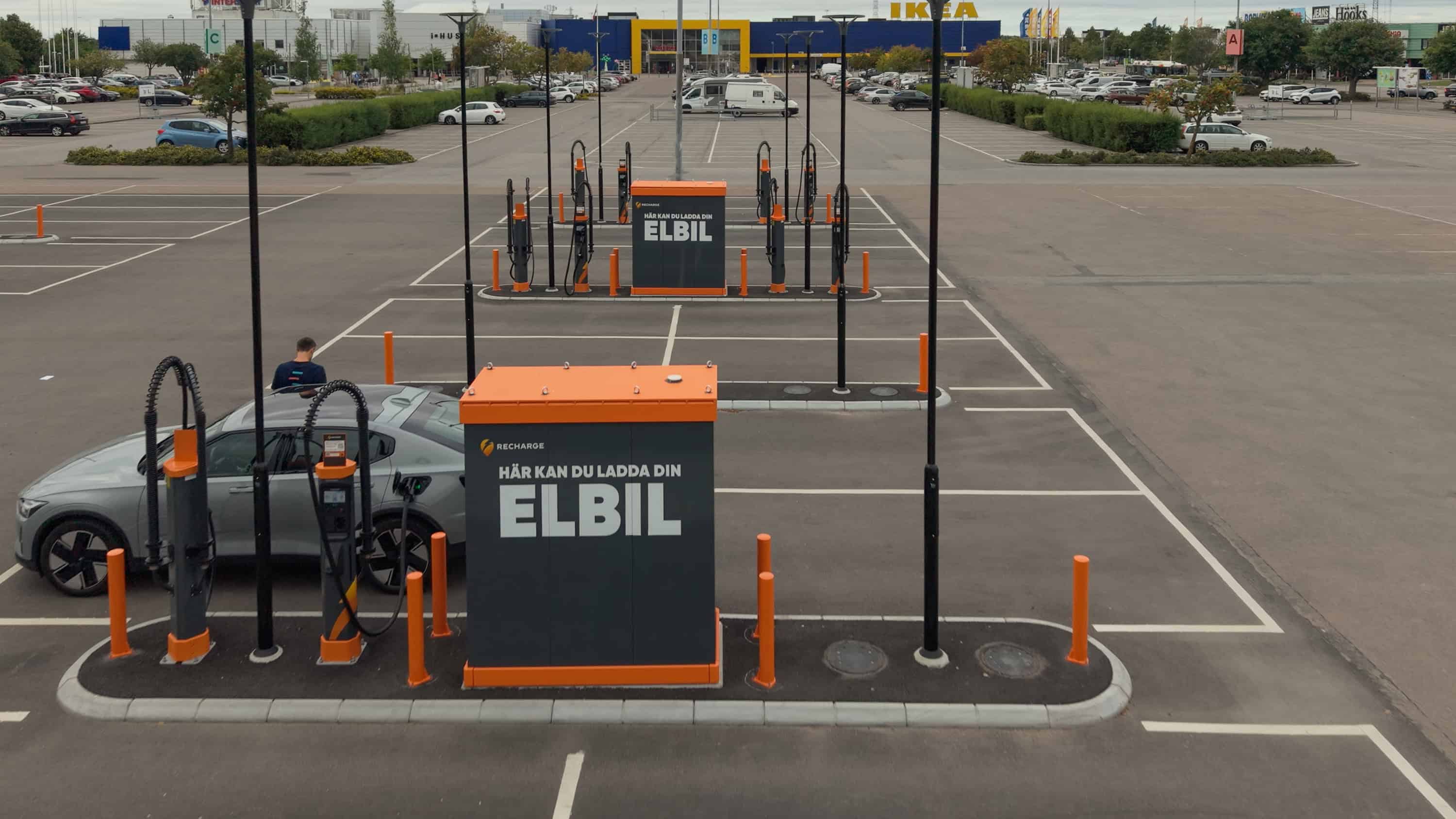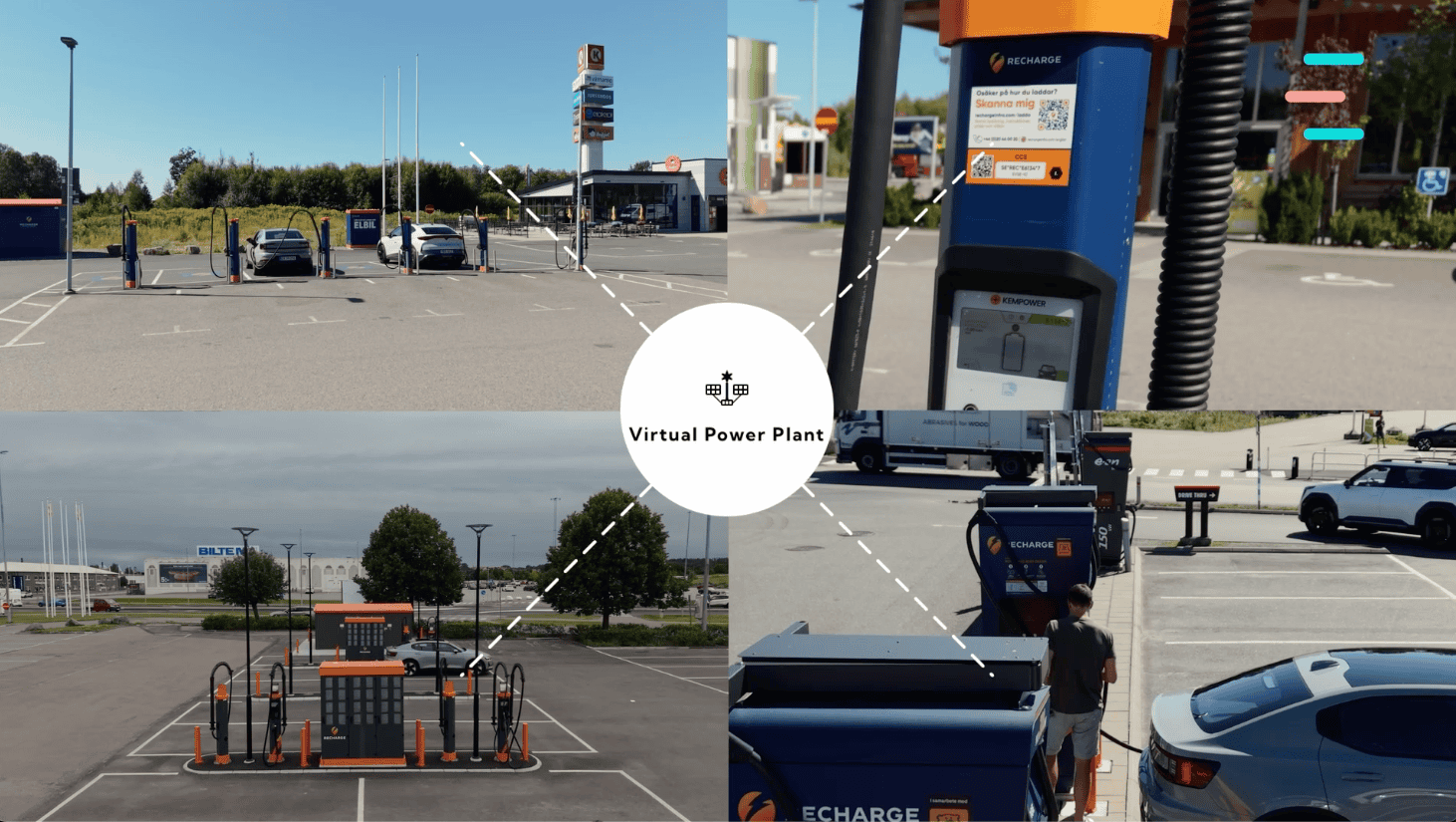The Grid Bottleneck: Why EV Truck Charging Needs a Policy Reboot

The energy transition meets the charging revolution
In this episode of The Charge Point Podcast, Christophe Lephilibert sits down with Dr. Julia Hildermeier, leader of transport electrification at the Regulatory Assistance Project (RAP), to unpack why the grid—not the vehicle—is now the real bottleneck in Europe’s EV transition.
Julia explains that the biggest barriers to electrifying heavy-duty transport are grid access delays and outdated, capacity-based network tariffs. Her insights draw from RAP’s recent policy paper, Accelerating the Shift: How to Advance Electric Truck Charging in Europe, which outlines concrete reforms to help CPOs and fleet operators expand faster and more profitably.
Key takeaways
1. A “treasure hiding in plain sight”
Julia first discovered RAP through a report revealing that Europe’s power grids are underutilized, and that shifting EV charging to the right time of day could save money for consumers, the grid, and the environment—all while integrating more renewable energy.
“It showed evidence that European grids are much underutilized and that moving EV charging to the right time could save money for consumers, the grid, and the environment.” — Dr. Julia Hildermeier
This realization—what she calls a “treasure hiding in plain sight”—inspired her to join RAP and focus on unlocking flexibility through smarter policy and grid planning.
2. Direct electrification is the most efficient path
Julia emphasizes that direct electrification of road transport is the most energy-efficient way to decarbonize mobility. It uses existing grid infrastructure, connects vehicles directly to renewable generation, and enables bidirectional grid support—helping to strengthen the very networks EVs depend on.
Yet, in most countries, grid integration has become the single largest bottleneck, slowing down depot electrification and the build-out of public truck charging corridors.
<iframe width="560" height="315" src="https://www.youtube.com/embed/Cno-rm2Vds0?si=_lblCUd33lRY7oEX" title="YouTube video player" frameborder="0" allow="accelerometer; autoplay; clipboard-write; encrypted-media; gyroscope; picture-in-picture; web-share" referrerpolicy="strict-origin-when-cross-origin" allowfullscreen></iframe> Link new shorts: https://youtube.com/shorts/ebaWixyu04M?si=vzBHklmmlU1K9wZy3. Two main bottlenecks: grid access and pricing
Fleet and depot operators face long grid connection queues and steep capacity fees that make projects financially unviable. RAP recommends tackling both:
- Accelerate planning and permitting to prioritize shovel-ready projects.
- Reform pricing by shifting from capacity-based to volumetric or time-of-use models, aligning costs with actual consumption and enabling CPO profitability.
4. Smart charging: large batteries on wheels
“In one word, it’s really about smart charging,” Julia explains. Electric trucks, she notes, are not just power-hungry machines—they’re “large batteries on wheels” and can act as demand-side flexibility resources for the grid
By optimizing when trucks charge, operators can significantly cut costs and ease grid strain:
- Smart charging provides savings for consumers, the grid, and the environment.
- RAP’s modeling shows that optimized charging could reduce grid investment needs by up to 25% per year—based on data from a typical European grid area near Paris.
- For depot operators, this translates into 10–15% annual energy cost savings, simply by charging during cheaper, lower-demand hours.
“Those electric trucks are a great challenge—but they’re also a great solution. They offer flexibility as large batteries on wheels, and we need to unlock that potential with smart charging.” — Dr. Julia Hildermeier
<iframe width="560" height="315" src="https://www.youtube.com/embed/Cno-rm2Vds0?si=_lblCUd33lRY7oEX" title="YouTube video player" frameborder="0" allow="accelerometer; autoplay; clipboard-write; encrypted-media; gyroscope; picture-in-picture; web-share" referrerpolicy="strict-origin-when-cross-origin" allowfullscreen></iframe> Link new shorts: https://youtube.com/shorts/bG3nGoJIBTw?si=is1y2_jM8QNyii-F5. Transparency and coordination across Europe
To make these solutions work at scale, RAP calls for transparent hosting capacity maps—digital tools that show where grid capacity exists and can be used for charging. The UK and Germany are already leading with open-data grid maps and public tenders that strategically match charging demand to available capacity.
But as freight moves across borders, coordination is key. Without harmonized tariffs, pricing disparities between neighboring countries—such as Germany–Poland or the Netherlands–Germany—could lead to grid imbalances and inefficiencies. RAP advocates for aligned, cost-reflective network pricing across the EU to ensure fair, efficient, and sustainable electrification.
Why does this matter?
The success of Europe’s electric freight transition depends on how fast policy and regulation catch up with technology. The challenge isn’t building more chargers—it’s about using the grid smarter through flexible, coordinated, and transparent planning.
For fleet operators, depot managers, and policymakers alike, smart charging and pricing reform represent the most powerful levers to scale electrification affordably—while ensuring the grid remains reliable, efficient, and future-proof.
🎧 Listen & Learn More
Listen to the full episode of The Charge Point Podcast with Dr. Julia Hildermeier to discover how policy, pricing, and smart charging can unlock Europe’s EV truck future.
👉 Listen to Episode 34 of The Charge Point Podcast

What is Load Management and why is it essential for EV Charging
Explore the essentials of advanced Load Management in this guide. Uncover the complexities of integrating EV charging systems with existing power grids, a critical challenge in energy management. Discover how solid Load & energy management solutions ensure an efficient, secure, and scalable charging infrastructure.


Episode 34 - The Grid Bottleneck: Why EV Charging Needs a Policy Reboot
Learn how smart charging and policy reform can solve Europe’s EV grid bottleneck. Tune in to Dr. Julia Hildermeier on The Charge Point Podcast.
Interesting reads


The Grid Bottleneck: Why EV Truck Charging Needs a Policy Reboot


Rethinking Grid Access: How Europe’s Energy Bottlenecks Shape the Future of EV Charging


How Virtual Power Plants Turn EV Smart Charging into Grid Flexibility


October 2025 EV Charging & Fleet Infrastructure Update

Get started with
FLEXECHARGE
Contact our team to learn more about what we can help you achieve with our open, vendor agnostic platform and powerful solutions.
